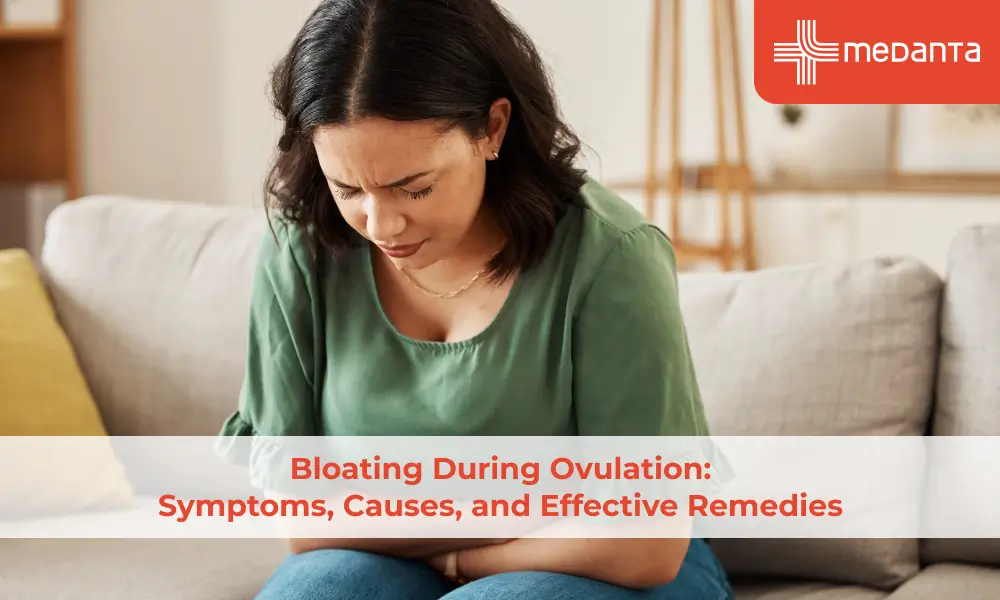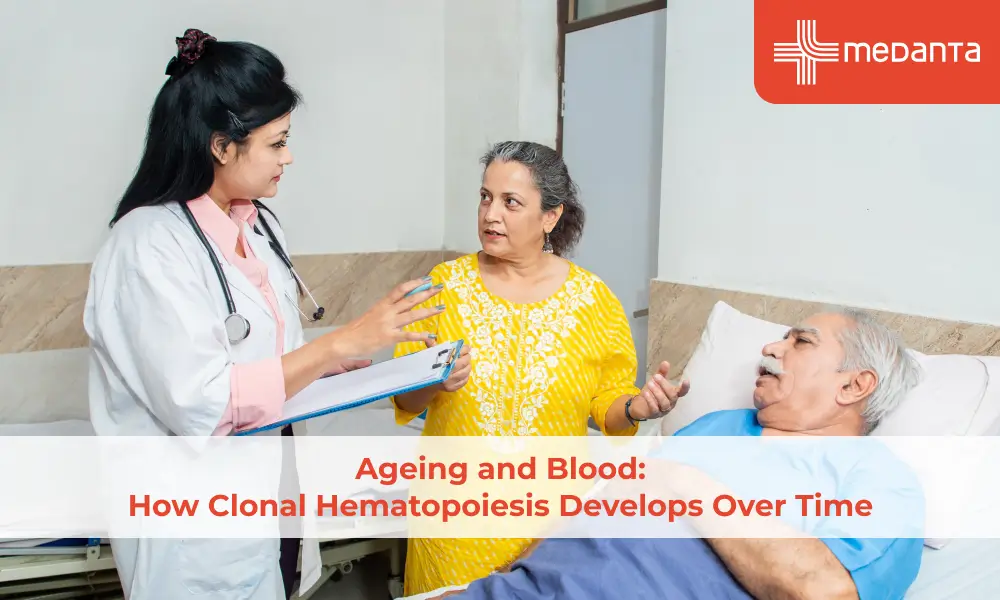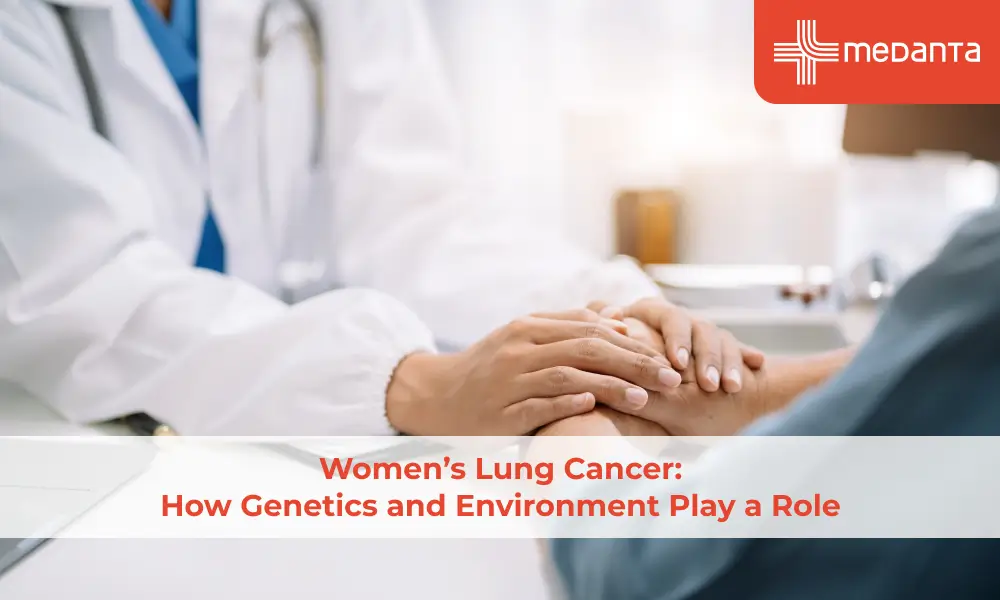Treat and recover from Recovery Stroke
Stroke is a very prevalent cause of disability and mortality worldwide, with haemorrhagic stroke being one of its primary forms. In this comprehensive blog, we will delve into the stroke symptoms, stroke treatment options, rehabilitation, and prevention strategies for hemorrhagic stroke. By understanding these aspects, individuals can empower themselves to recognize the haemorrhagic stroke symptoms, seek prompt medical intervention, and take proactive steps towards recovery and prevention.
Understanding Haemorrhagic Stroke
A. Definition and Types
A haemorrhagic stroke happens when a brain blood vessel ruptures, leading to bleeding and damage to brain tissue. It is different from an ischemic stroke because it is caused by a blocked or narrowed blood vessel. Haemorrhagic strokе can be divided into two categories. Intracеrebral haemorrhage іs thе first type, which takes place insidе the actual brain tissuе. Subarachnoid haеmorrhagе, thе second typе, involves bleeding into the space around thе brаіn.
B. Causes and Risk Factors
Haemorrhagic stroke can be caused by various factors, including high blood pressure (hypertension), aneurysms (weakened blood vessel walls), arteriovenous malformations (AVMs), and less commonly, bleeding disorders or tumours. Additionally, several risk factors contribute to the likelihood of experiencing a haemorrhagic stroke, including advancing age, male gender, family history of stroke, race, and certain lifestyle choices such as smoking and excessive alcohol consumption.
Recognizing Haemorrhagic Stroke Symptoms
A. Sudden Onset
One defining characteristic of haemorrhagic stroke is its sudden and unexpected onset. Unlike some other health conditions, the symptoms of a haemorrhagic stroke often appear without warning, requiring immediate medical attention.
B. Common Stroke Symptoms
Common symptoms of haemorrhagic stroke include a severe headache that comes on suddenly, weakness or paralysis on one side of your body, stammering speech, vision problems, and loss of coordination. It is paramount to understand that the specific symptoms will vary depending on the place and severity of the bleeding in the brain.
Stroke Treatment Options
A. Emergency Response
Recognizing the stroke symptoms and seeking immediate medical assistance is crucial. If someone exhibits symptoms of a stroke, it is essential to call emergency services without delay. Time is of the essence, as prompt stroke treatment can significantly improve outcomes.
B. Hospital Care and Diagnosis
Once you're in the hospital, the medical team will perform various procedures and tests to diagnose a haemorrhagic stroke accurately. Brain imaging scans are commonly used to visualise the brain and identify any bleeding. In the case of a subarachnoid haemorrhage, a lumbar puncture may be performed to examine the cerebrospinal fluid.
C. Acute Stroke Treatment
The primary goals of acute stroke treatment for haemorrhagic stroke are to control bleeding, reduce pressure on the brain, and stabilise vital signs. Medications to manage blood pressure, such as antihypertensives, may be administered. In certain cases, surgical interventions could be necessary to repair aneurysms or AVMs. Endovascular procedures, such as coiling or embolization, may also be performed to stop bleeding or prevent further damage.
Rehabilitation and Recovery
A. Post-Stroke Care
Rehabilitation plays a critical role in the recovery process following a haemorrhagic stroke. It involves a multidisciplinary approach, with physical therapy, occupational therapy, speech therapy, and psychological support playing important roles. These interventions help individuals regain lost functions, improve mobility, regain speech and swallowing abilities, and address emotional and cognitive challenges.
B. Long-Term Recovery
Recovery after a haemorrhagic stroke is often a gradual process and varies for each individual. The extent of recovery depends on factors such as the severity of the stroke, the area of the brain affected, and the individual's overall health. Patience and perseverance are essential during the recovery journey, as it can take months or even years to regain maximum independence and functionality. Rehabilitation exercises and therapy should be continued even after leaving the hospital to facilitate ongoing recovery.
C. Emotional and Psychological Support
In addition to physical rehabilitation, addressing the emotional and psychological impact of a haemorrhagic stroke is crucial for overall recovery. Many individuals experience post-stroke depression, anxiety, and adjustment issues. Seeking counselling or support groups can provide valuable assistance in coping with these challenges and promoting mental well-being.
Prevention and Lifestyle Modifications
A. Controlling Risk Factors
Managing modifiable risk factors is crucial for stroke prevention. High blood pressure is among the most common risk factors, and individuals should aim to keep their blood pressure within a healthy range through lifestyle modifications and, if necessary, medications. Regular check-ups and adherence to prescribed treatment plans are vital. Other risk factors like high cholesterol levels, smoking, obesity, and diabetes, should also be addressed under medical supervision.
B. Healthy Lifestyle Choices
Adopting a healthy lifestyle can significantly reduce the risk of experiencing a haemorrhagic stroke. A balanced diet rich in fruits, vegetables, whole grains, and lean proteins is recommended. Limiting sodium intake, maintaining a healthy weight, and engaging in regular physical activity contribute to overall cardiovascular health. Effective stress management techniques, adequate sleep, and avoiding excessive alcohol consumption are also essential lifestyle choices to promote overall well-being and reduce the risk of stroke.
Conclusion
Haemorrhagic stroke is a severe medical condition that requires immediate attention and appropriate treatment. Recognizing the symptoms, seeking prompt medical intervention, and participating in post-stroke rehabilitation are crucial for optimising recovery outcomes. By controlling risk factors and adopting a healthy lifestyle, individuals can take proactive steps towards preventing stroke. Stay informed, act quickly, and make positive lifestyle choices to reduce the risk of experiencing a haemorrhagic stroke and promote overall brain health.






